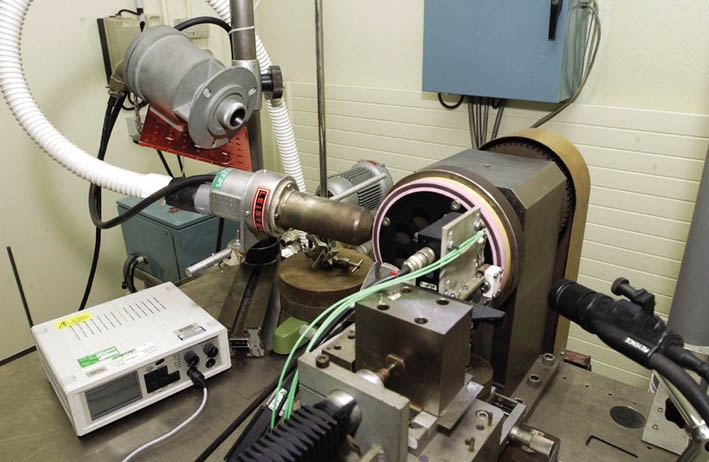A supplier of high-precision ball bearings for the aerospace industry, SKF Aeroengine wanted to offer its customers more reliable prototypes and therefore help them reduce the number of tests required. The company called on Cetim so as to optimise the tribological behaviour of some components.
Reproducing real conditions
The service is broken down into three phases : analysis of degradation modes for worn components so as to understand the wear mechanisms ; then, support in the choice of materials and surface treatments likely to make the components more resistant; finally, test of the accepted solutions in conditions that are representative of the actual use. However, “the results of that latter phase are only reliable if the test bench actually reproduces the same conditions”, stated Yan Ming Chen from Cetim. “In order to ensure this, we first have to validate it on new parts that are similar to the ones whose degradation we analysed”.
Complex test bench
The high temperature and speed require a specific test bench: in order to maintain the parts at a constant temperature, the high-speed tribometer is fitted with a heat gun control, controlled by a contactless pyrometer; the change in the wear condition is monitored live by sensors coupled to an acquisition system and by a videomicroscope; the test procedure involves thirty-one steps so as to minimise the risks of technical incident. Since the first results enabled the identification of parameters to validate the test bench, Cetim carried out a campaign on different types of materials and surface treatments. “Grouping the tests ensures that the variation of conditions is minimum” explained Yan Ming Chen. “As we tested ten solutions at Cetim, we were able to propose only the best three to our customers ”, declared Hervé Carrerot, in charge of R&D at SKF Aeroengine France.


